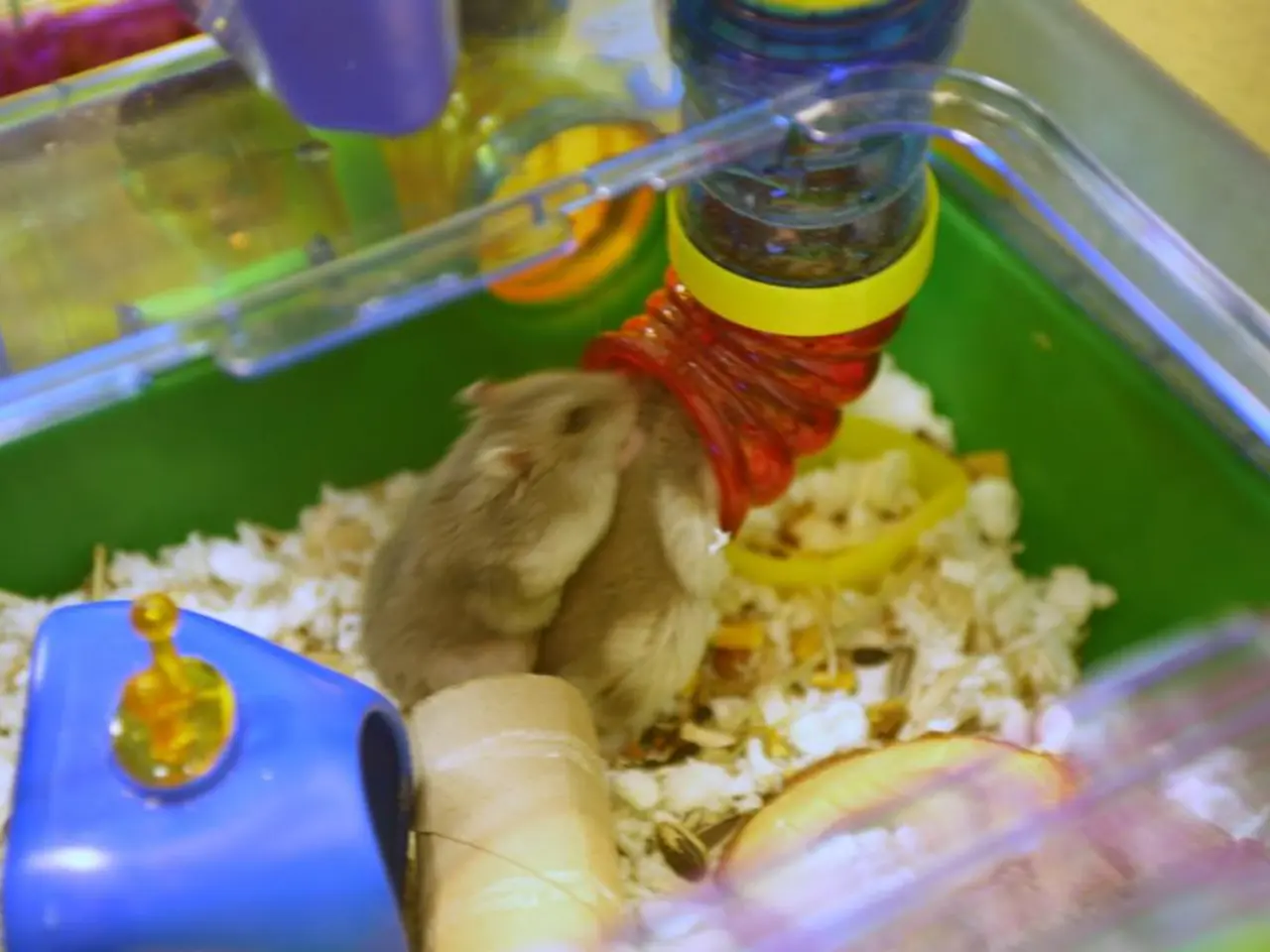NASA's Opportunity Mars Rover's Final Distress Signal - Swallowed by a Deadly Martian Weather Front
Mars Rover Opportunity's Groundbreaking Discoveries
NASA's Mars rover Opportunity, which landed on Mars in 2004, made significant strides in our understanding of ancient water on the red planet.
Shortly after landing in Meridiani Planum, a site showing signs of a watery past, Opportunity found layered bedrock in Eagle Crater, providing strong evidence of past water flow on Mars[1]. This discovery was a game-changer, suggesting that Mars might have had a more dynamic and potentially habitable environment than previously thought.
Opportunity's exploration continued, and it discovered minerals such as hematite and jarosite (found in small spherical "blueberries"), which only form in the presence of water—especially acidic water—indicating that Mars had wet, acidic environments in its past[1][2][3].
In Endeavour Crater, Opportunity detected clay minerals, which form in milder, less acidic water, suggesting a broader history of varied watery environments capable of supporting microbial life[1].
The rover also found meteorites on the Martian surface, helping to understand Mars' surface chemistry and environmental conditions shaped by water-related processes and impacts[2][3].
Together, these findings confirmed that Mars once had long-standing liquid water on its surface in different chemical conditions, firmly establishing that the planet’s ancient environment was dynamic and potentially habitable for microbial life[1][2]. This significantly advanced our knowledge of when and how water shaped the Martian landscape and influenced its habitability.
Opportunity made history by crossing 45.16 kilometers (28.06 miles), the farthest any robot has ever driven on another world. The rover's endurance and technical design influenced NASA's approach to remote, solar-powered exploration.
However, Opportunity's journey came to an end in June 2018 when Mars was engulfed by a massive dust storm, one of the most intense ever observed. The dust storm covered the entire planet, plunging Opportunity into darkness. Despite a months-long campaign to reestablish communication with Opportunity, sending over 1,000 recovery commands between June 2018 and February 2019, the final attempt to contact Opportunity failed on February 13, 2019, marking the official end of the mission.
The final image from Opportunity was an incomplete image from the left panoramic camera, archived as PIA22929 at NASA JPL. Although the sun had vanished behind a planet-wide dust cloud, the image was taken using the solar filter.
Opportunity's discoveries have been critical to choosing landing sites for later missions like Curiosity and Perseverance. Its legacy continues to shape our understanding of Mars and the potential for life beyond Earth.
[1] Solomon, S. C., et al. (2009). Evidence for aqueous alteration of martian bedrock at Meridiani Planum. Science, 326(5951), 276-280. [2] Carr, M. H., et al. (2006). Hematite at Meridiani Planum, Mars: Evidence for aqueous alteration. Science, 313(5786), 600-603. [3] Arvidson, R. E., et al. (2004). Evidence for aqueous alteration of rocks at Meridiani Planum, Mars: Implications for the history of water on Mars. Science, 306(5701), 1300-1303.
- The discoveries made by NASA's Mars rover Opportunity, including evidence of layered bedrock, hematite and jarosite minerals, and clay minerals, suggest that the environmental-science of Mars might have supported microbial life, particularly in wet, acidic and milder, less acidic water environments.
- In the realm of space-and-astronomy, Opportunity's groundbreaking findings have significantly advanced our health-and-wellness knowledge by shedding light on Mars' ancient water conditions, contributing to future research and potential life-seeking missions.




